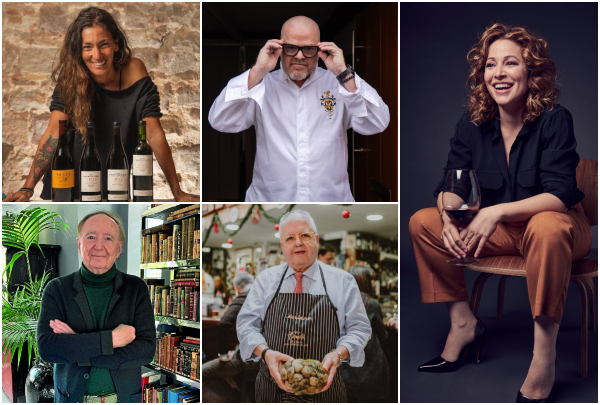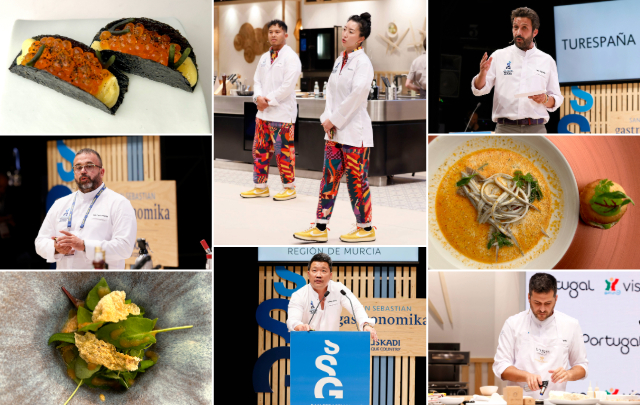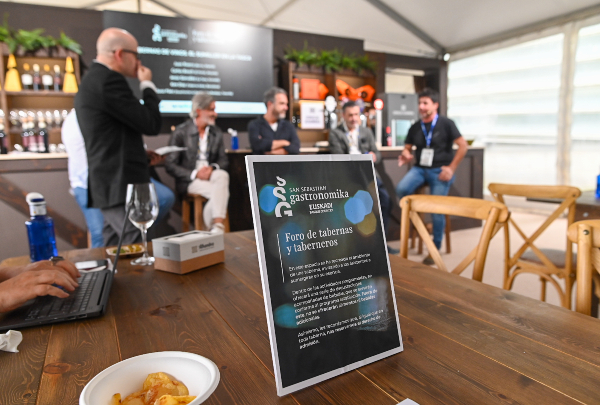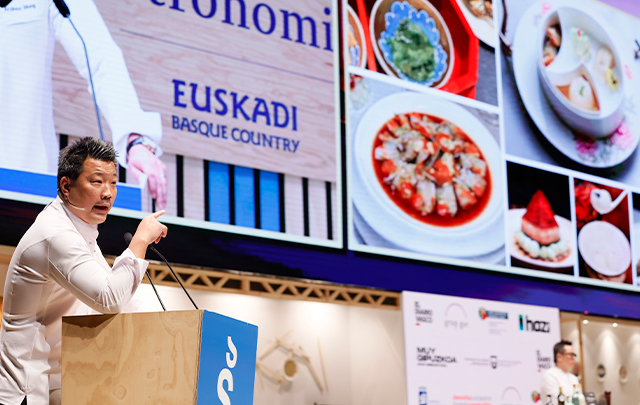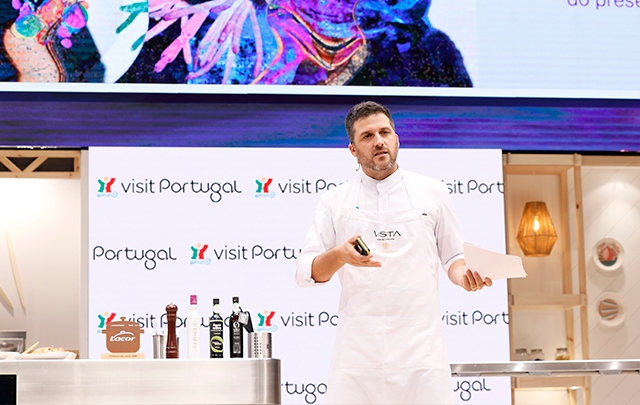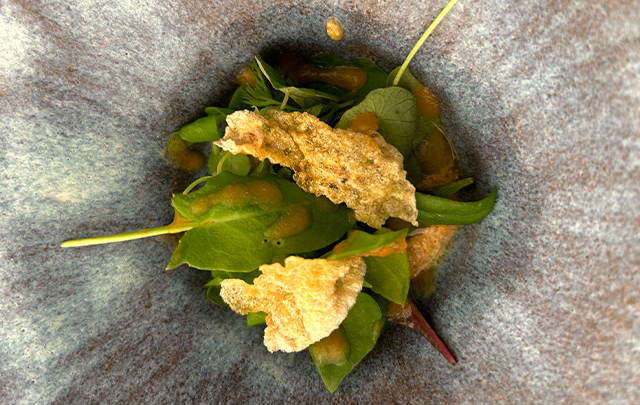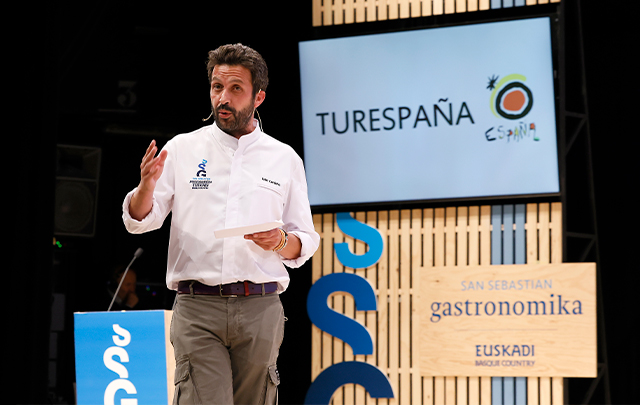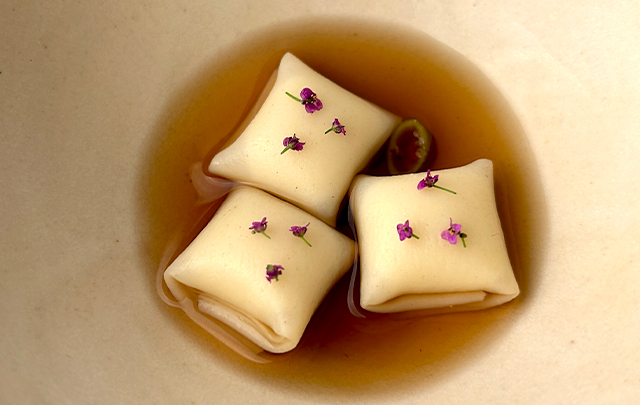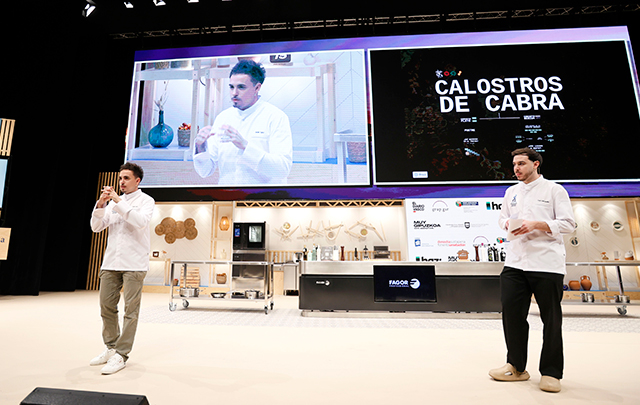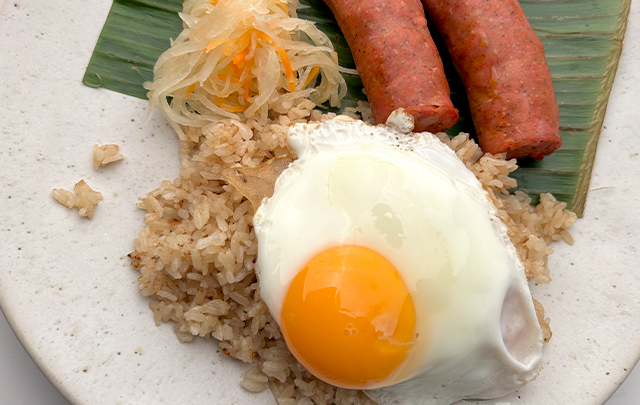News
The star-studded side dishes that shine at Arzak
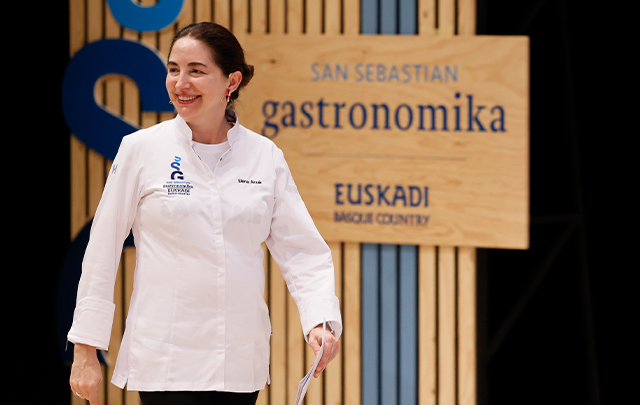
Synonymous with evolution and creativity, Arzak continues to be the beacon of new Basque cuisine in the hands of Elena, who today has brought four film scenes to the dining room, with ingredients competing for the leading role.
The menu of a restaurant is like a film, where the scenes are the sequences and the ingredients are the actors that represent them", began Elena Arzak, who is passionate about cinema and who, accompanied by the heads of her laboratory, wanted to give a twist to the script to explain how some well-treated ingredients come to shine on their own or to enhance the role of the original protagonists.
To demonstrate this, he chose four delicious sequences, prepared live for the audience's enjoyment. The first of these, a fish of the day in tomato strings, consists of mackerel, the blue fish that reigns in the Bay of Biscay, pickled in kombu seaweed, salt and sugar and lightly grilled to caramelise the skin. And as a side dish, "the tomato steals the show, transformed into a kind of jelly bean with a mixture of soy, rice vinegar, sugar and water, then boiled and vacuum-packed for 12 hours, then preserved in sunflower oil". On the plate, the portions of mackerel were accompanied by tomatoes and lemons pickled with branches of salicornia, and the dish was sprinkled with a collagen sauce made from the broth of the monkfish tails and parsley oil to add shine.
In the second sequence, two large antagonistic figures competed for the spotlight, "which in the end came together in an extraordinary union". It was a Sorlut oyster, "very fleshy and juicy, a luxurious ingredient that only needs a smile to win over the camera", immersed in a beef chop emulsion that, far from masking its flavour, gave it great nuances. The dish was rounded off with pomegranate juice, sea grapes and an Asian lemon gel textured with xanthan gum.
The third course was a remake of a dish as universal as duck with orange, in this case with Landes pigeon, because the duck is still in the starting blocks. And here the breast of the pigeon, cut in two and cooked a little less, gave way to an orange sauce "the best we have ever made", accompanied on the plate by a carob lokum and orange juice.
The presentation ended with a dessert 'without which there can be no happy ending to the menu', the star of which was the place. And so, on the plate, they represented "the organic cacao plantation in the Dominican Republic that supplies us, run entirely by women and where fruit trees such as mango and banana trees coexist, giving the cacao extraordinary nuances". It consisted of a chocolate ganache made with mango pulp, accompanied by a hoisin sauce and cocoa and caramel toffee, topped with fine cream cheese biscuits without sugar to add freshness to the composition, as well as candied orange peel and a minimal dose of cocoa mucilage to give it a hint of bitterness.

